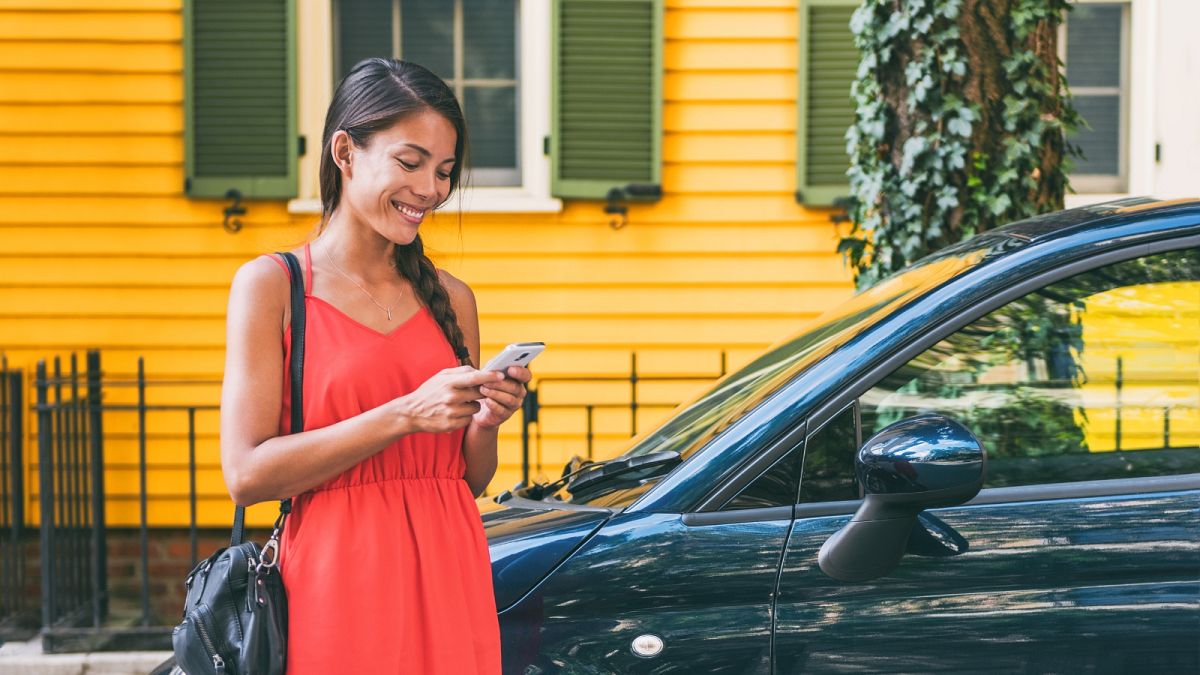Pioneering Spanish artist Pedro Sandoval hails the rise of AI

The images generated by this technology are based on the works of Pedro Sandoval who strongly defends the use of this tool. What’s important he says is to not forget the past by educating new generations about culture.
Artificial intelligence (AI) seems be on the verge of revolutionising the world. Today it is used in all kinds of industries and its implementation is increasing. It is in our phones and within everyone’s reach. Art has not escaped the arrival of this new technology that is generating enormous debate in the sector.
The creation of artistic pieces is something genuine, linked to the personality of each creator, their circumstances and their own past and influences. This makes it seem unlikely that artificial intelligence could create valuable paintings and even feature films. But artists like Pedro Sandoval, a pioneer in the use of this tool, defend it.
Sandoval is one of the most recognised artists in the world. His works have been exhibited in practically every continent and he has been awarded some of the most important prizes. Part of his secret lies in his constant search for innovation, something he learned from Andy Warhol, he tells us, whom he knew well.
In one of his studios in Madrid, full of colourful and valuable works of art, he talks to us amid a seemingly endless stream of calls about the exhibition he is preparing for the Museum of Modern Art in New York (Moma).
“It’s not going to replace us.”
“For me artificial intelligence is just another tool to create. I use it like a paintbrush, it’s not going to replace us, at no time do I feel it can replace us,” Sandoval says in response to the protests of some artists against AI. He believes that this technology can be used by anyone, but you have to know how to handle it and, above all, he stresses that “the orders that each person gives it to carry out a work are unique and make a difference”.
“It’s not just about using it, it’s about how to refine it, how to turn it into a work of art,” he explains, surrounded by huge paintings he has made using this technique. “Images created by an artist, even if they are made with artificial intelligence, belong to the artist and are copyrighted”.
Behind him is a huge painting he made when he was just a child, depicting the human body. At the age of 6, he won the Young Master of the World prize in Japan, where he travelled from his native Venezuela. At the age of 13, with a scholarship from the Guggenheim Foundation, he settled in New York to study art at the Parsons School of Design.
Surrounded by important artists
“In New York I met Andy Warhol, Keith Haring, Jean-Michel Basquiat, Willem de Kooning… I was studying at school and I was with them. Andy Warhol used to call me ‘baby face’ because I had a baby face. His life is dedicated to art and that makes, he explains, that the use that he – like any other artist – makes of artificial intelligence is different from the use that someone without that background would make.
“The human is the one who gives the order to the artificial intelligence, which has a series of information and executes what you ask it to do, for example you say to it: ‘I want a mixture of the Mona Lisa with Michelangelo‘s David’, it creates it and you perfect it”, he explains.
To create the image you ask it to create, the artificial intelligence is based on the work of Pedro Sandoval and other artists who were chosen for the development of this technology. The AI studied their works in order to create new ones based on them. “More than my works, it is based on the chromatism I use, my style, the way I draw… but not only me, they took several artists in a project that was done in Los Angeles with the support of Bill Gates”.
He was part of that project after his time at the 2019 World Economic Forum. “I met Bill Gates, Elon Musk and Zuckerberg. Several of us artists gave up images to create the world’s first artificially intelligent artworks”. And so it all began. Today his stamp is on the new images created through this medium.
However, although the future points to a world with greater use of artificial intelligence, Sandoval makes it clear that the key to progress is not to forget the past. “We only teach them a culture of reggaeton and they live in a world that does not exist, centred on luxury brands. We older people should give them more information about what has happened and about our past”.
World News || Latest News || U.S. News
Source link



